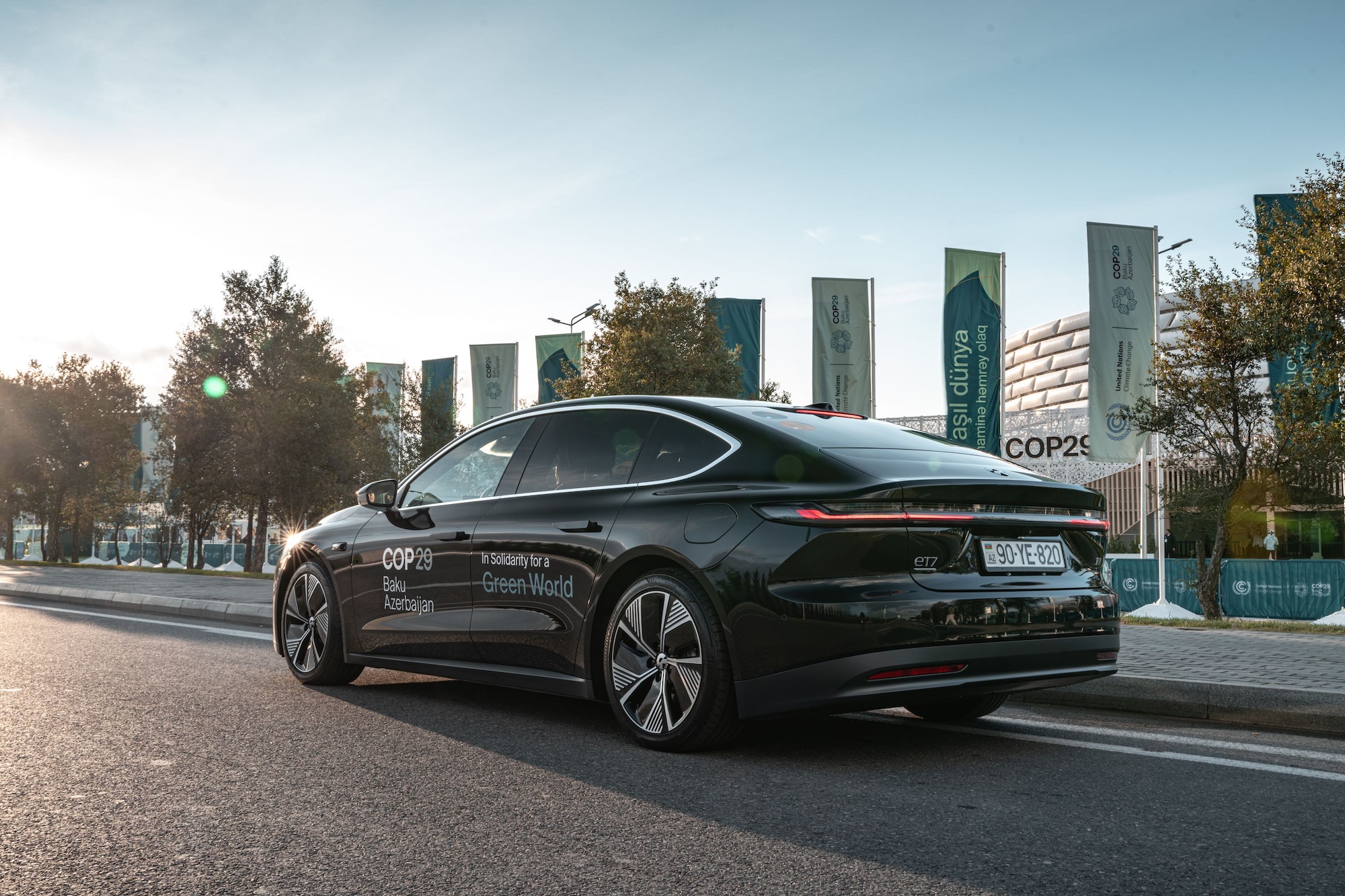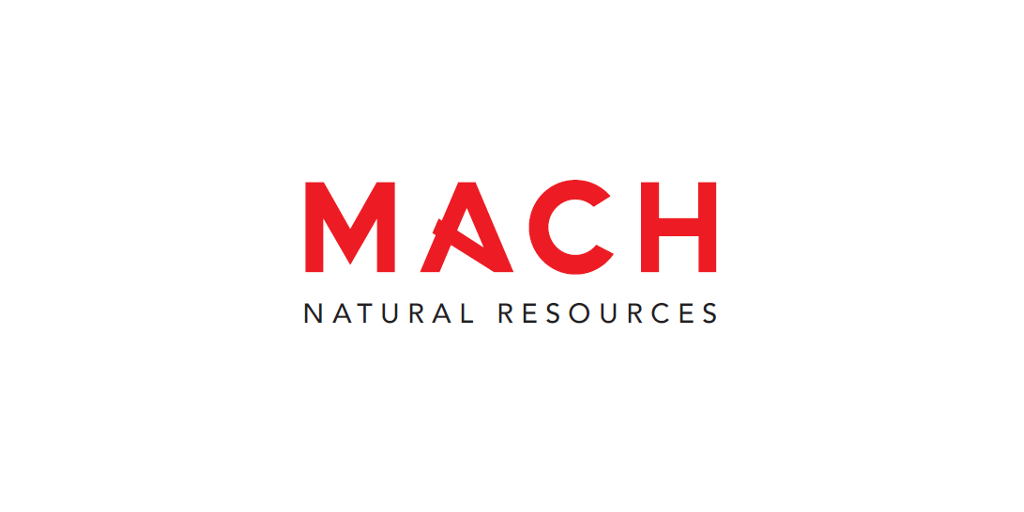Copper miner Antofagasta Minerals and ABB have signed a Memorandum of Understanding (MoU) to accelerate decarbonisation initiatives by electrifying and automating mining operations in Chile. The collaboration aims to develop and implement a net zero emission haulage solution by leveraging ABB’s expertise as well as its eMine solutions.
The mining industry is striving to close the gap in demand for copper driven by the energy transition, while simultaneously wrangling the challenge of decarbonising their own operations. Currently, anticipated mine supply from announced projects is expected to meet only 70% of copper requirements by 2035. Net zero emission haul trucks have been identified as a key solution for achieving large scale decarbonisation for mines around the world. This collaboration between ABB and Antofagasta Minerals the partners say represents a significant step toward advancing the adoption of electrification in mining and defining best practice for the industry.
Under its purpose to “develop mining for a better future,” Antofagasta Minerals is at the forefront of decarbonisation. It is working towards reducing its emissions by 50% by 2035 and achieving carbon neutrality by 2050, having already reduced its Scope 1 and Scope 2 carbon dioxide emissions by 928,000 tons.
Through the development of the trolley trial at its Los Pelambres operation, the company has played a pivotal role in advancing the implementation of electrical solutions in the mining ecosystem. Antofagasta Minerals expects electrification will present viable solutions for reducing emissions in its haulage processes and is aiming to test battery powered trucks and trolley assist technologies in the next few years.
ABB is supporting Antofagasta Minerals with its decarbonisation roadmap by supplying advanced technology solutions from its eMine portfolio. Specifically, the parties intend to utilise ABB’s eMine consultative studies to define the techno-economic optimum for the all-electric mine, evaluating decarbonisation technologies, impact on mine operation and design, as well as power distribution.
Furthermore, in recognition of the critical role net zero emission haul trucks play in meeting the greenhouse gas emission reduction goals, ABB and Antofagasta Minerals will collaborate, alongside other third parties, to accelerate the development of net zero emission haulage solutions. Antofagasta Minerals will act as an early adopter and test site for technology and has committed to using ABB’s eMine Trolley System.
The system is known to reduce diesel consumption by up to 90% in specific environments while lowering energy costs and overall environmental impact. This technology not only reduces emissions on the short term, but also enables the future implementation of battery technology in the mining industry.
“Our shared vision in achieving more sustainable processes and operations in the mining industry drives us to innovate and push the boundaries of what is possible,” said Max Luedtke, Global Business Line Manager Mining, ABB. “Industry collaboration is vital to achieving the progress needed to reduce the industry’s environmental impact. As one of the industry’s largest copper players, Antofagasta Minerals’ support is invaluable to this pursuit. Combined with ABB’s holistic eMine framework, this is a major step towards achieving the all-electric mine of the future and fuelling decarbonisation efforts. We are fully invested in the collaborative journey to develop further solutions.”
At The Electric Mine 2024 in Perth, WA in May, where ABB was a Gold Sponsor, Tomás Nass, Decarbonization Manager, Antofagasta Minerals and Ratna Kanth Dittakavi, Global eMine Sales Manager at ABB presented on the Los Pelambres trolley project which they are partnering on. Nass said: “The first step of the partnership was to build a trial that could help us understand the potential impacts of building a trolley line in one of the copper mines that we currently have operating in Chile. It’s important to say that there is not a single trolley line currently operating – and Antofagasta bought potentially the first one to ever be installed in the country…so the change management of that is going to be challenging in itself.”
He added: “We decided to put 800-1,000 m of trolley in one of the dump areas of Minera Los Pelambres…basically to test out are we really going to deliver the speeds that are expected; the road quality that we should expect out of the system to actually keep ther truck plugged into the system. What’s the width – is it going to change, is it going to need a new mine design? What’s the time to construct all this; what’s the potential impact of moving it around.” Nass said it is common in Chilean copper mining for main roads to only last for about three years before being moved. He said the trolley line should be operational by year end/early 2025.




